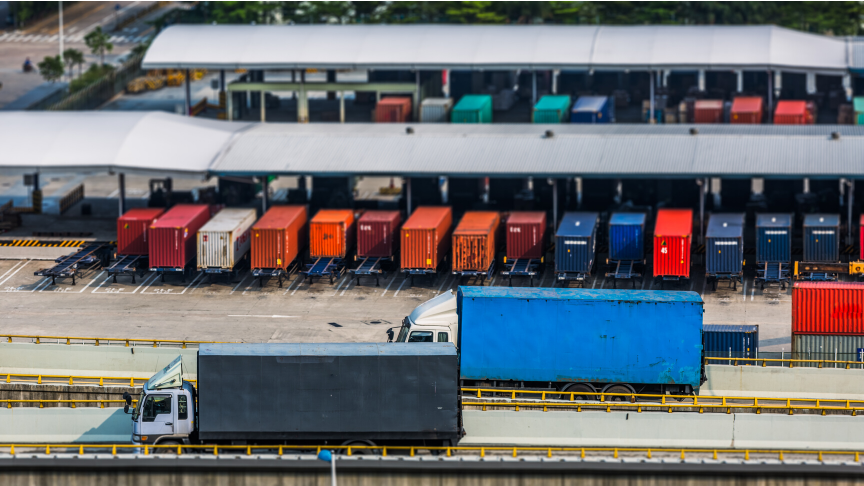Highly Digitized, Agile Supply Chains Have an Opportunity to Seize
 As society reopens, some companies will experience increased demand, while others will experience a decline. The degree of digitization will distinguish between those who tackle this well and those who will just hang on.
As society reopens, some companies will experience increased demand, while others will experience a decline. The degree of digitization will distinguish between those who tackle this well and those who will just hang on.
There are two types of approaches you can take to deal with the Bullwhip Effect facing supply chain during crises – digitized and agile supply chains, or non-digitized and reactionary.
Norwegian-based media group Logistikk outlined the difference between these two in a recent article. Author Sverre Rosmo explains there are very different outcomes with each one on the other side of this crisis:
Type A: highly digitized & agile supply chains
These companies employ an advanced supply chain planning solution with adaptive and self-adjusting forecasting models to handle advanced challenges in inventory, purchasing and transport optimization, freight, capacity and order optimization.
Their approach will allow them to manage integrated product supply and support S&OP (Sales & Operations Planning). Their elaborate and integrated planning systems that quickly enable the company to make changes.
Type B: Non-digitized & reactive supply chains
Everyone else using manual inventory planning adjustments can expect to be on the struggle bus. They will experience higher operational costs, revenue losses and competitive turnover due to reputation damage with the customers.
Companies that opt for the low degree of digitization may use an ERP system that handles transactions, and maybe even a WMS system, but without a specialized application team or expertise that effectively supports Supply Chain Planning, this and future crises will be a rough road.
When looking at future needs, they will have to rely on sales history and set min/max points. They’ll face extensive time spent in spreadsheets to remedy issues. Their lack of system support and expertise exposes the company to risk unnecessarily.
Especially in crises, these companies will have fewer options. The Type A companies are far better equipped, adapt better and can even gain competitive advantage.
A Crisis is Also an Opportunity
A crisis is not just a crisis, especially when your company has expertise and good system support.
“When you can re-plan inventory needs with superior speed and precision compared to your competitors, you create an advantage. These benefits can come in areas your competitors don't even know exist.”
You can read more here (disclaimer: unless you are fluent in Norwegian, you’ll need Google Translate, which will provide some mid-week humor…
When I ran it, some of the words didn’t quite translate right – for example, toilet tissue appeared as “dope paper” and knee-jerk reaction showed as “urinary instinct”). Other than that, you get the gist!



Comments are closed.